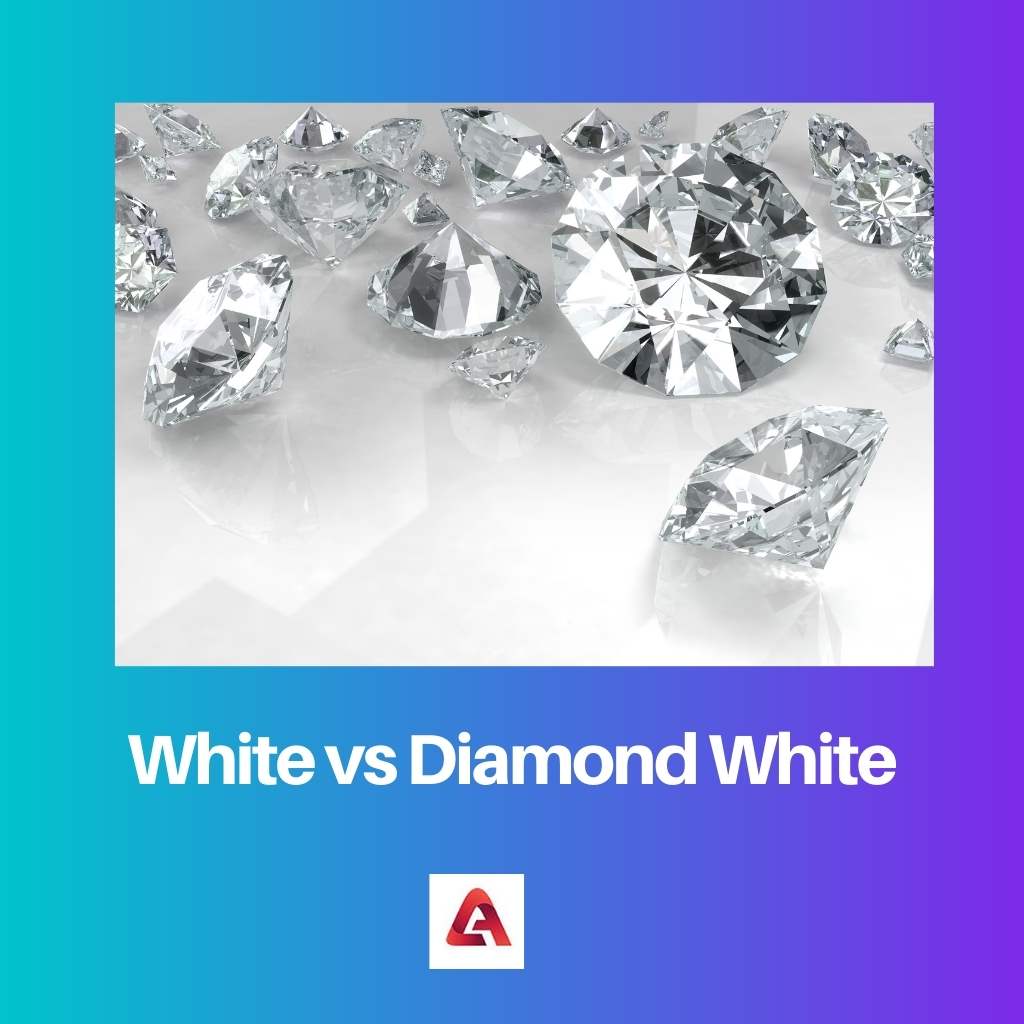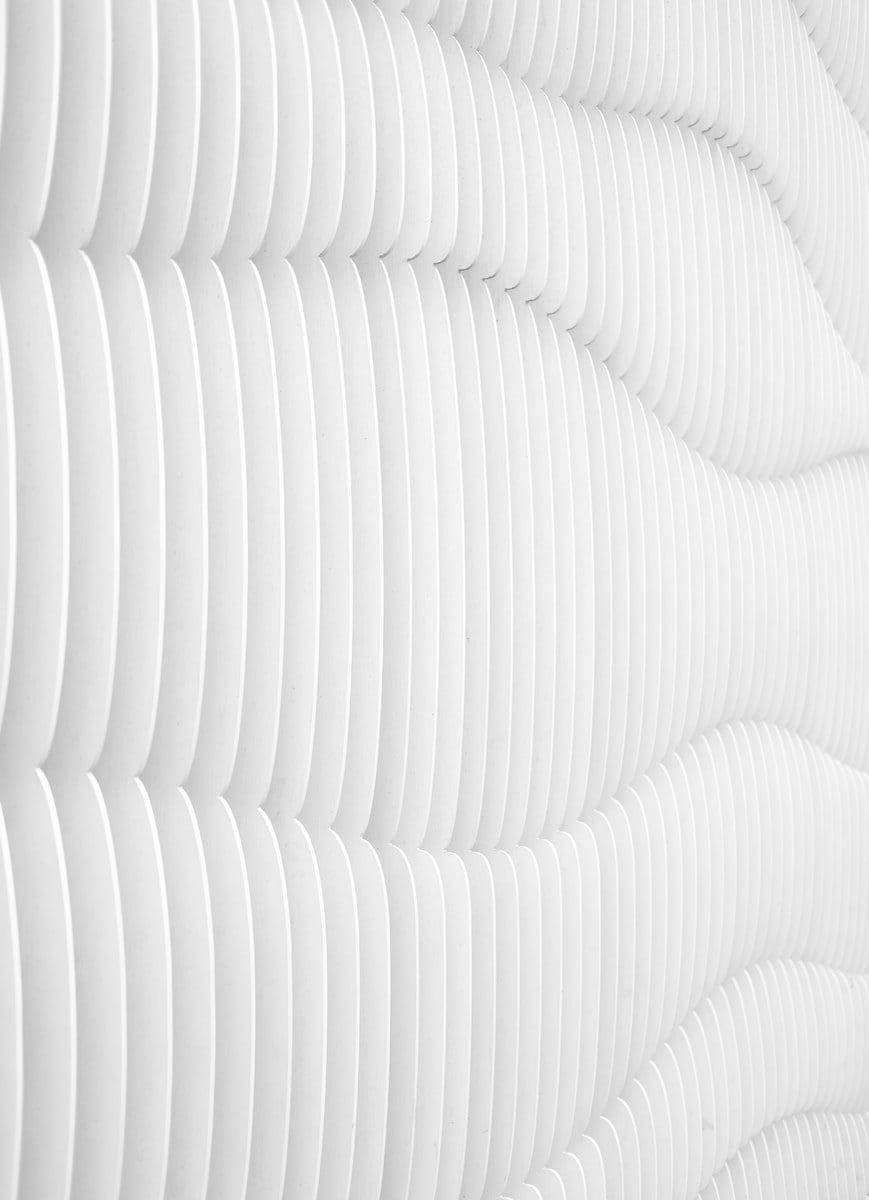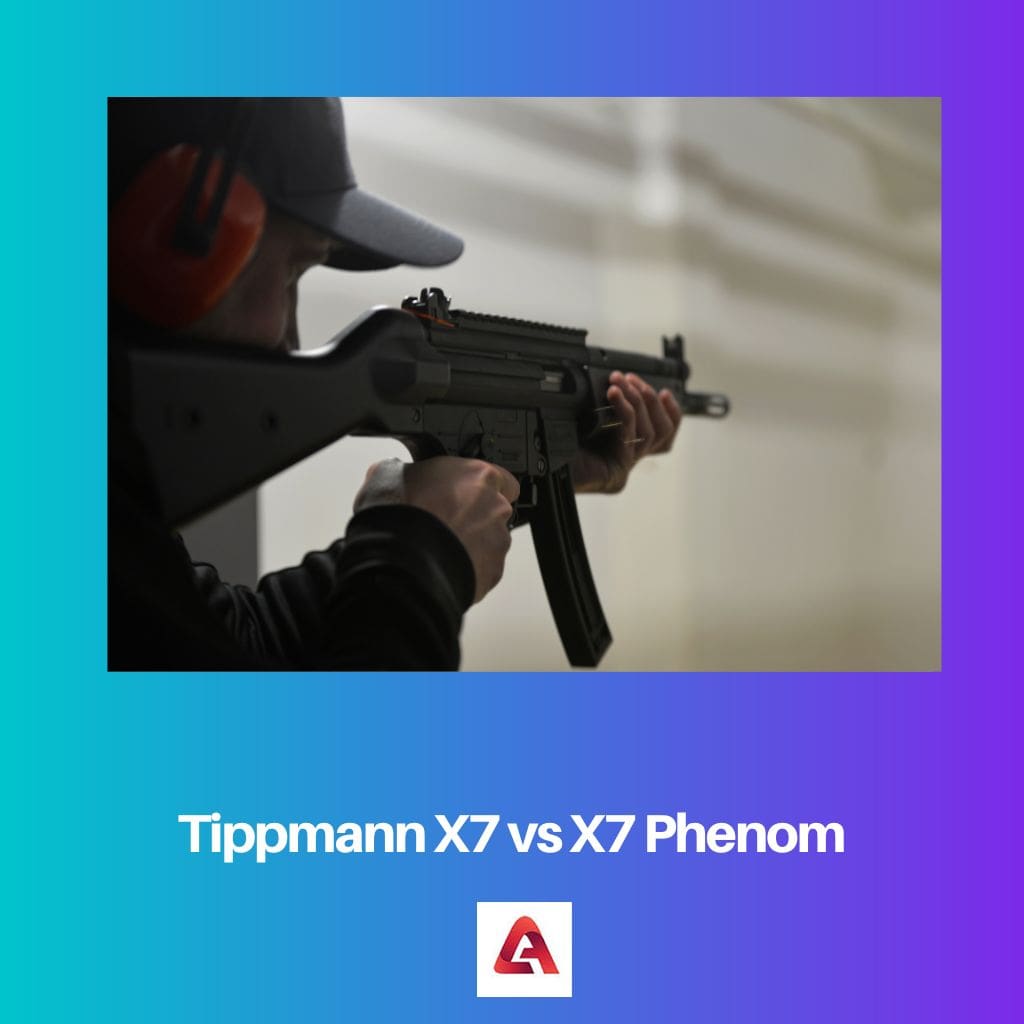Brides-to-be have an exciting journey of choosing the perfect wedding dress. Apart from the fabric, designs, and other intricacies, it is difficult to choose between the varied shades of white.
It seems easy, as they are all just white, but the wide range of hues could be confusing and daunting. The two main hues of white dresses are white and diamond white.
Key Takeaways
- White is a pure color with no undertones, while Diamond White is a shade of white with a slight blue undertone.
- White is a common color for wedding dresses, while Diamond White is a popular color for prom dresses.
- Diamond White appears brighter and more sparkling than white.
White vs Diamond White
The difference between white and diamond white is that white is a symbol of purity, while diamond white is a new shade of white and is a symbol of a modern twist. White is a shade worn traditionally by the brides, while diamond white is a shade worn by the brides who wish to break the stereotype and monotonous white shade.

The white color contains a tinge of yellow. It is a stark and bright shade that gives out the bright radiance in photographs. The radiance even has the potential to mask the details of the dress and make the dress look dull and cheap or ruin the photographs.
While the diamond white color contains a tinge of ivory which neutralizes the color and makes it appear warm and soft.
This warmth is great for photographs as it does not radiate under any change of lighting, whether indoors or outdoors. It brings out the details and designs of the dress
Comparison Table
| Parameters of comparison | White | Diamond White |
|---|---|---|
| Symbolism | White symbolizes chastity and purity | Diamond white breaks traditional notion and adds a twist of modernism |
| Warmth | White is not a warm or soft shade | Diamond white is a warmer and softer shade |
| Starkness | White is stark and bright | Diamond white is not as stark as white |
| Shades | White contains a tinge of yellow | Diamond white contains a tinge of ivory |
| Complimentary skin-tone | Looks best on medium and deep skin tones | Looks best on fairer skin tones |
What is White?
White is a shade that lacks any other color. White is a stark color, but the starkness of the color changes under various lighting outdoor and indoors.
White is the most commonly chosen color at weddings. It is a symbol of purity. The white dresses look royal, sophisticated, and classy.
White has been the first choice of color on D-day. It has been a conventional color option. White even has several other shades like ivory white, cream, stark white, champagne, blush white, pearl white, and off-white.
These shades appear due to various fabrics, materials, or manufacturing processes. While being a strong and stern shade, it has the potential to mask the intricate design of the dress.
White reflects light. So during photographs, the white color tends to reflect radiance and ruin the photos. It even appears in various shades depending on the lighting.
For example, a white dress might appear bluish under fluorescent lights. This can make the dress look simple and cheap.
The white shade looks flattering on medium to deeper and darker skin tones. The yellow tinge of the white hue acts as a contrast between the darker shades.
Skin shades like brown, tanned, olive, and deep beige consistently maintain the elegance of the look.

What is Diamond White?
Diamond white is a shade of white that appears softer when exposed to full light. It is chosen by brides to break the stereotype and monotonous white shade.
Diamond white is not stark white but subtle white. It looks flattering on numerous skin tones. The best fabric with the diamond white shade is satin. The fall of the fabric compliments the shade and looks royal yet chic.
The intricate design of lace and pearls makes the dresses dreamy and romantic. Apart from satin, a fabric-like crepe also provides an effortlessly sophisticated look.
Diamond white consists of an ivory shade. This touch of ivory in the diamond shade makes it warmer yet pure.
The presence of ivory in diamond white is ideal for photoshoots. It brings out the intricacies of the designs, embroidery, laces, and patterns.
Special details of the dress can be best portrayed through the diamond white color. The shade is not ruined by lighting. Hence, the best clicks can be through diamond white. However, the warmth of the color can vary for every manufacturer.
Diamond white is subtle and warm is best for light-skinned brides. It flatters the pale skin tone. Experts say that fairer skin provides a contrast between the diamond white and promotes the features of the bride vividly.

Main Differences Between White and Diamond White
- White shade is a traditional shade in dresses of brides, while diamond white is a new shade and exhibits variation.
- White color compliments brides of medium and dark complexion like tanned or olive tones, while diamond white compliments brides with pale, blonde, or light-colored skin tones.
- White color has a touch of yellow in it, while diamond white has a touch of ivory in it.
- White color masks the lace or intricate designs of the dress due to the stark glow, while diamond white has a subtle glow and does not ruin the details of the dress.
- White color might look dull in photographs due to lighting, while diamond white looks flattering in pictures as it is not affected by the lighting indoors or outdoors.




